Abbe refractometer for sale online 0~95% Brix for selection. The Abbe refractometer is widely used in various applications, it is mainly used for the laboratory, oil and fat industry, pharmaceutical, paint, sugar, chemical industry, and other industries. A portable refractometer is easy to operate and maintain.
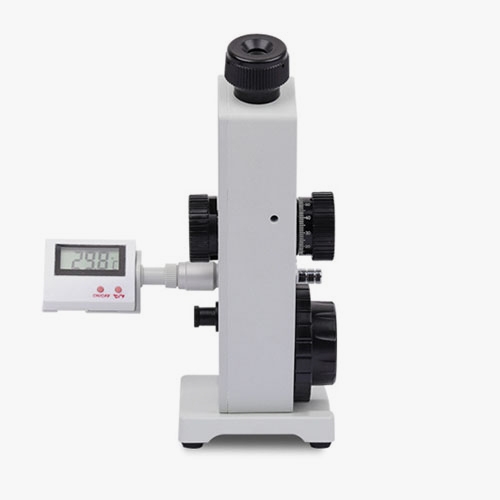
Rotary regulation and digital temperature display
-
Eyepiece viewing tube. Rotate to adjust the clarity.
-
High-definition prism. With good light transmission, the value is visible.
-
Digital thermometer. Power on display temperature (optional thermostat tank) can be switched to Celsius / Fahrenheit display.
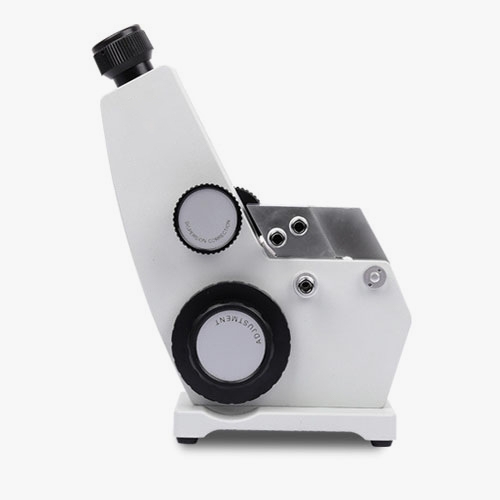
Abbe refractometer optical adjustment
-
Dispersion adjustment handwheel. When there is no color in the light and dark dividing line in the field of view, it is the current dispersion value.
-
Refractive index scale adjustment handwheel. Rotate to adjust the refractive index.
-
Light feed prism. Light enters the instrument through the light-intake prism for clear viewing.
-
Bromonaphthalene & Standard Module. Apply two drops to the HD prism and place the standard module to calibrate.
Applications
The Abbe refractometer is widely used in the food processing, oil and fat industry, pharmaceutical, paint, sugar, chemical industry, and other industries, as well as in schools and research institutes as an indispensable piece of common equipment.
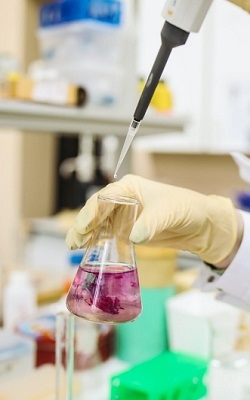
Pharmaceuticals

Oil and Fat Industry

Sugar Industry
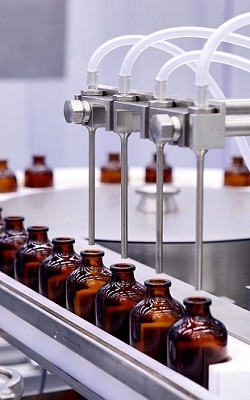
Chemical Manufacturing
| Model | SISCO-AR-WYA2WAJ |
| Measuring range | 1.3000~1.7000(nD) 0~95% brix |
| Measurement accuracy | ±0.0002 nD |
| Average dispersion | ±0.0005 nD |
| Temperature display | Digital thermometer |
| Observation mode | Monocular |
| Volume | 100*200*240mm |
| Product weight | 2.6kg |
Details
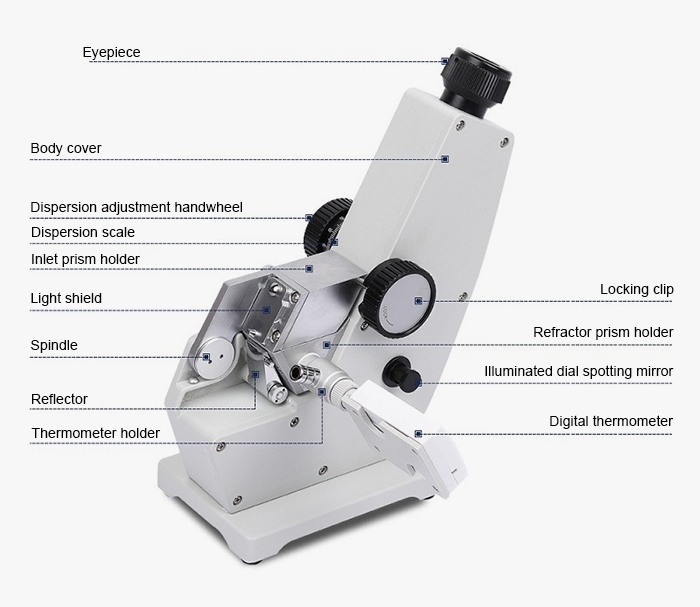
Q1: What is a refractometer?
A1: A refractometer is a scientific instrument used to measure the refractive index of a substance. The refractive index is a measure of how much the speed of light changes when passing through a substance. Refractometers are commonly used in various industries such as food and beverage, pharmaceutical, chemical, and automotive industries, to name a few.
Refractometers work by shining a beam of light through a sample and measuring the angle at which the light is bent or refracted as it passes through the substance. This angle is then compared to a known scale or reference chart to determine the refractive index of the substance. Refractometers can be used to measure a variety of substances such as liquids, gases, and solids, and are particularly useful for measuring the concentration of dissolved solids in a liquid sample, such as sugar content in fruit juice or wine.
Q2: How does a refractometer work?
A2: A refractometer works by measuring the extent to which a beam of light is refracted, or bent, as it passes through a sample. The amount of refraction depends on the refractive index of the sample, which is a measure of how much the speed of light changes when passing through the substance.
The basic design of a refractometer typically consists of a light source, a prism, a sample plate or well, and a detector. The prism is made of a material with a known refractive index, such as glass or plastic, and is designed to refract the incoming light beam at a specific angle. The sample is placed on the sample plate or well, and the refracted light passes through the sample before reaching the detector.
The detector measures the angle of the refracted light and compares it to a known scale or reference chart to determine the refractive index of the sample. This can be done manually by reading the scale or chart, or digitally through a display screen or computer software.
Different types of refractometers may use different methods for measuring the angle of the refracted light, such as through a handheld device, a benchtop instrument, or an inline sensor. Some refractometers also incorporate temperature compensation to account for the effect of temperature on the refractive index of the sample. Overall, refractometers are versatile instruments that can be used to measure a wide range of samples in various industries, from food and beverage to pharmaceuticals and beyond.
Q3: Why do you need a refractometer?
A3: A refractometer is a valuable tool in many industries and applications because it allows for quick, accurate, and non-destructive measurements of the refractive index of a sample. There are several reasons why you might need a refractometer, including:
- Measuring dissolved solids: Refractometers are commonly used to measure the concentration of dissolved solids in a liquid sample, such as sugar content in fruit juice or wine. This can be useful in industries such as food and beverage, where the quality and consistency of products depend on accurate measurements of ingredients.
- Quality control: Refractometers can be used as a quality control tool to ensure that products meet certain specifications or standards. For example, in the pharmaceutical industry, refractometers can be used to check the purity and consistency of drugs.
- Research and development: Refractometers are often used in research and development to study the physical and chemical properties of substances. They can be used to investigate the refractive index of new materials, determine the composition of unknown substances, and to study the effects of temperature and pressure on the refractive index.
- Process monitoring: Refractometers can be used as inline sensors to monitor processes and ensure that they are running smoothly. For example, in the chemical industry, refractometers can be used to monitor the concentration of solutions in real-time, helping to optimize production processes and reduce waste.
Tips: How does an Abbe refractometer work?
- Light Source: The refractometer shines light through a prism made of high refractive index glass.
- Sample Placement: A few drops of the sample liquid are placed on top of the prism.
- Refraction Measurement: As the light passes through the sample and prism, it refracts at an angle depending on the sample's refractive index.
- Observation: The user observes the light through a telescope attached to the refractometer. They see a boundary line between light and dark areas, which corresponds to the refractive index.
- Calibration and Reading: The refractive index is read off a scale inside the instrument, often with a precision of up to four decimal places.
Thank you for buying industrial test and measurement equipment on SISCO.com, all products sold by SISCO and the partner cover a 12 months warranty, effective from the date of receiving the products.
What is covered?
SISCO is responsible for providing free spare parts, and free technical support to assist the customer to repair the defective products until the problem is solved.
What is not covered?
- Product purchased from anyone other than a SISCO store or a SISCO authorized reseller.
- Expendable parts.
- Routine cleaning or normal cosmetic and mechanical wear.
- Damage from misuse, abuse or neglect.
- Damage from use of parts other than SISCO approved.
- Damage from use outside the product’s usage or storage parameters.
- Damage from use of parts not sold by SISCO.
- Damage from modification or incorporation into other products.
- Damage from repair or replacement of warranted parts by a service provider other than a SISCO authorized service provider.
- Damage caused by the application environment not meeting the product usage requirements and the failure to perform preventive maintenance.

